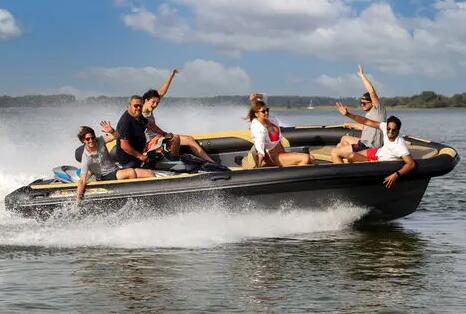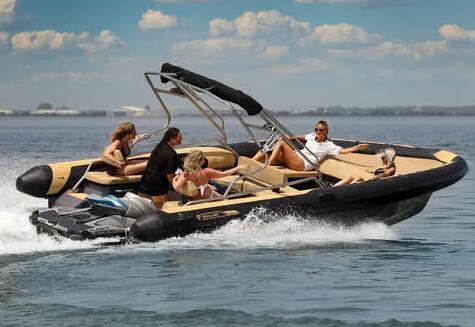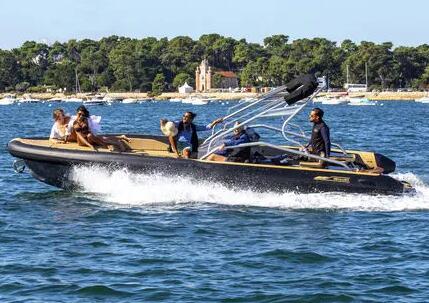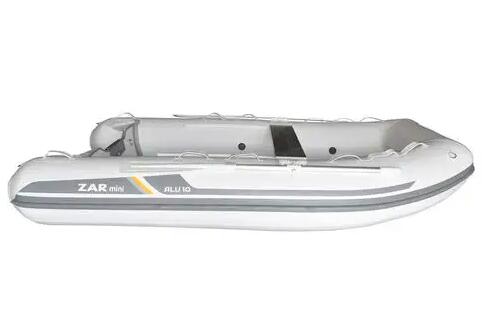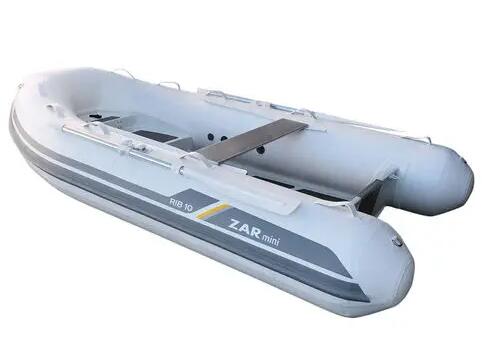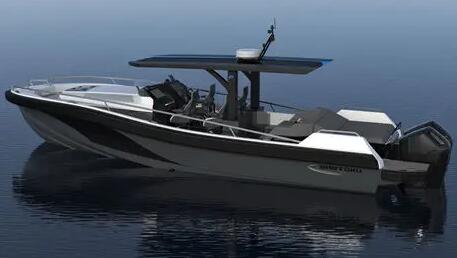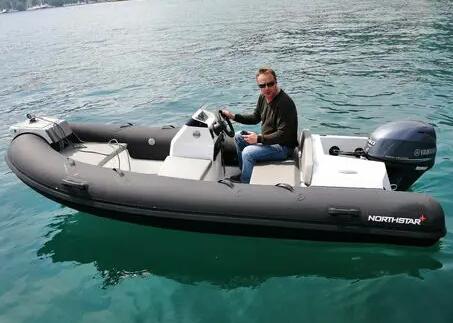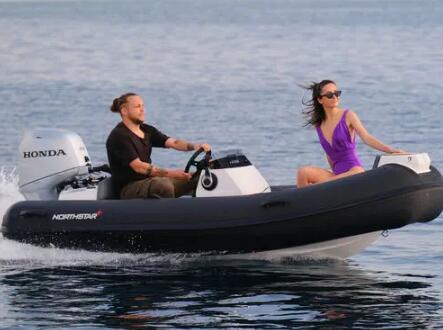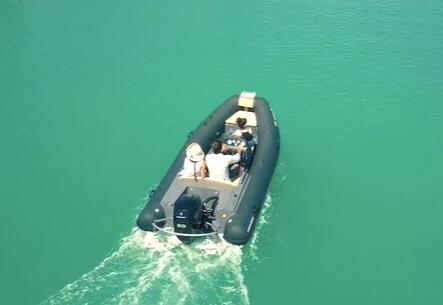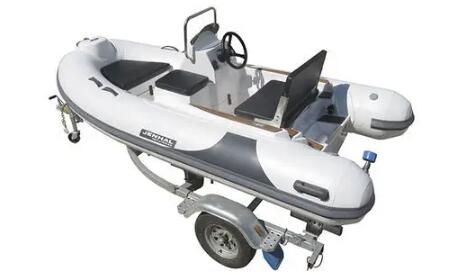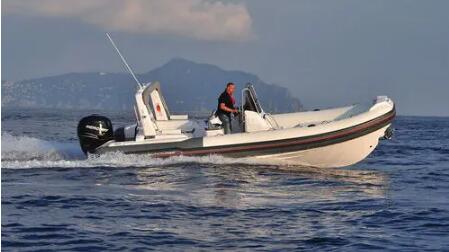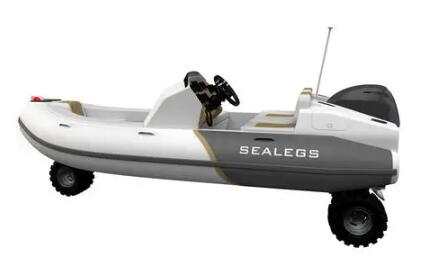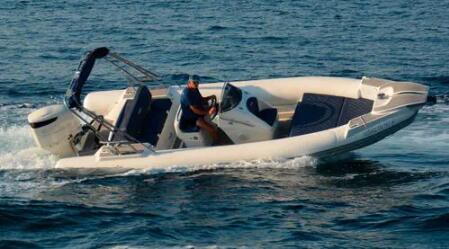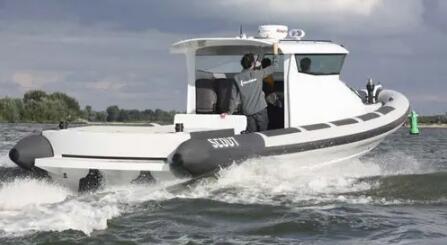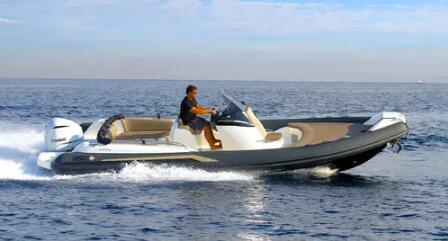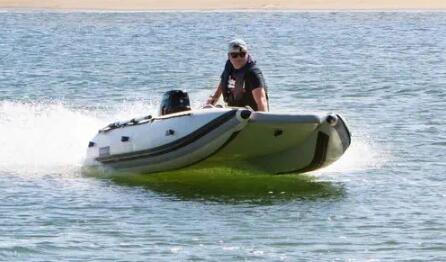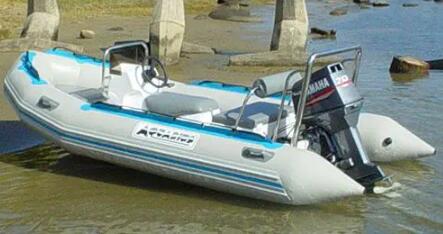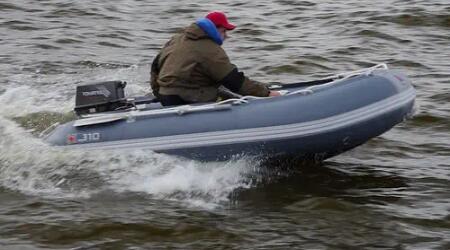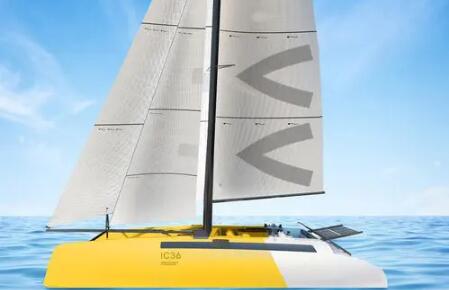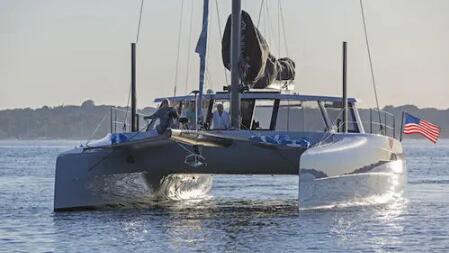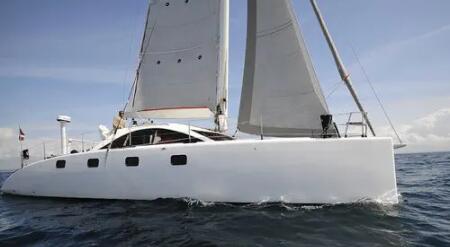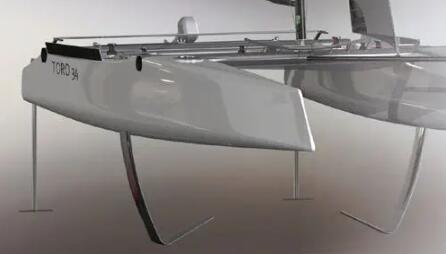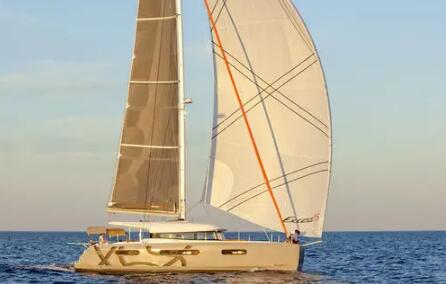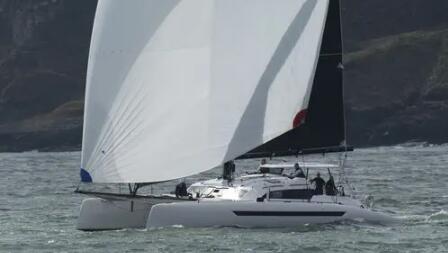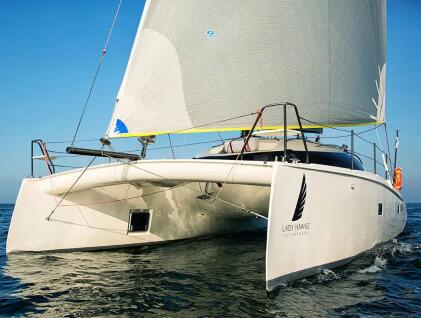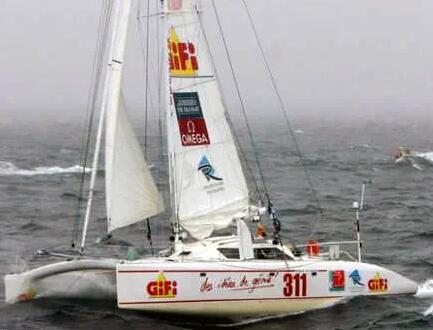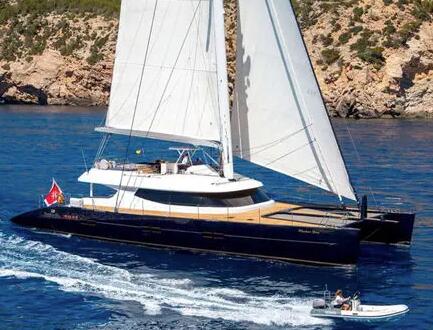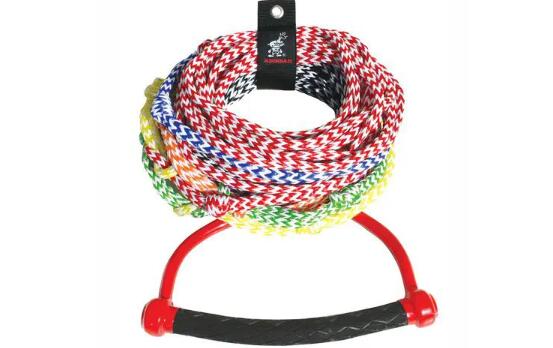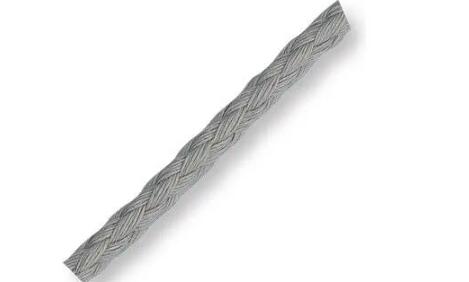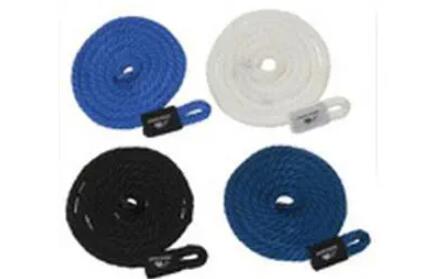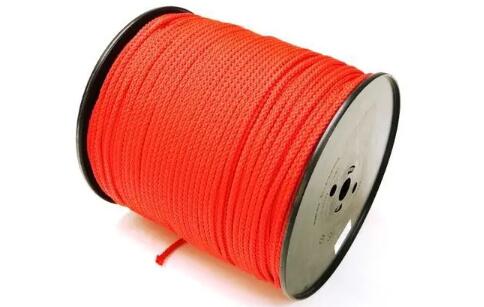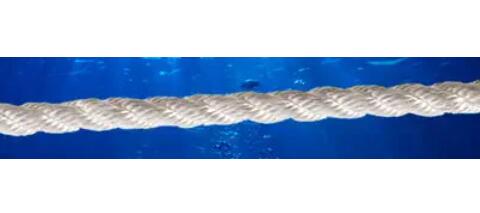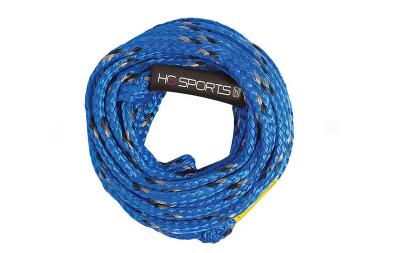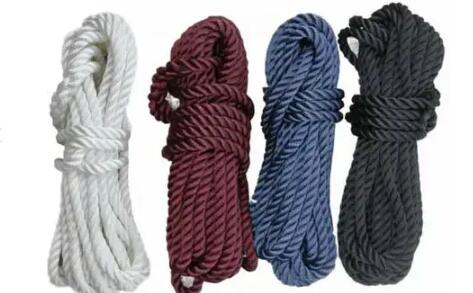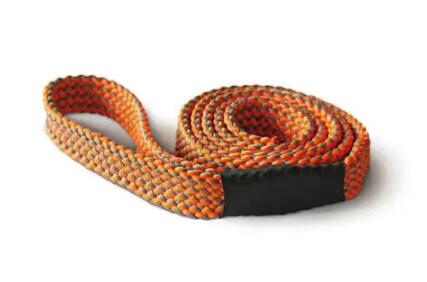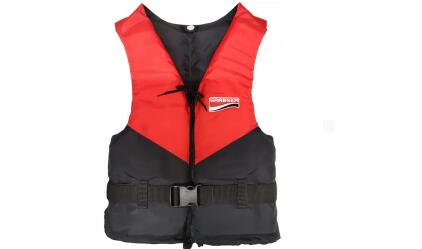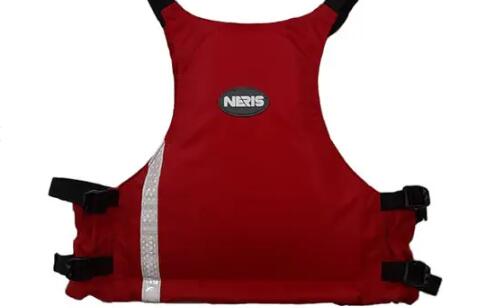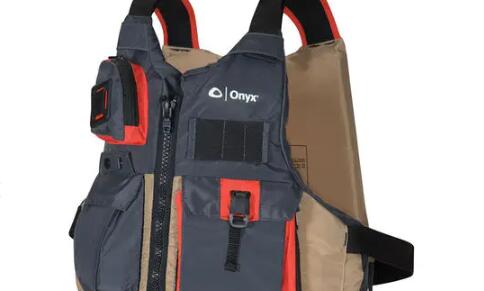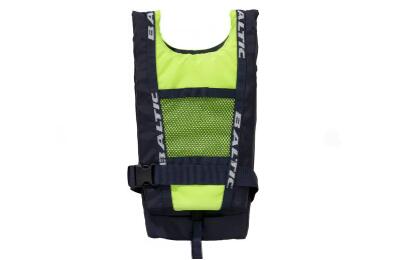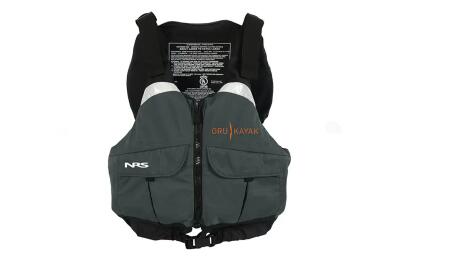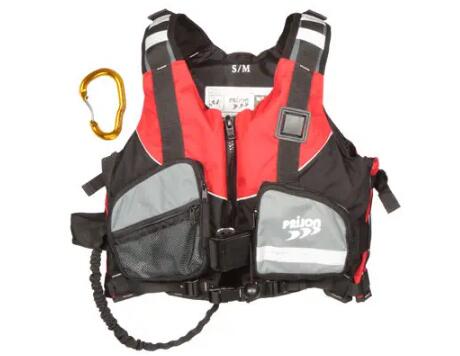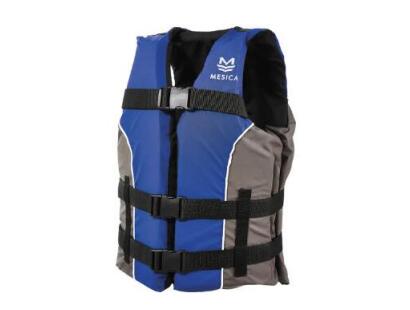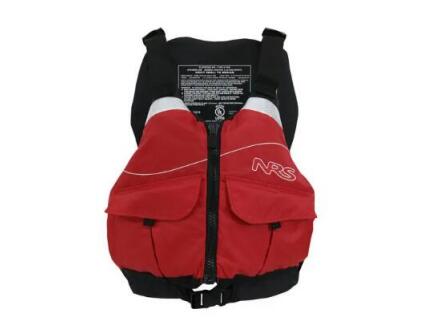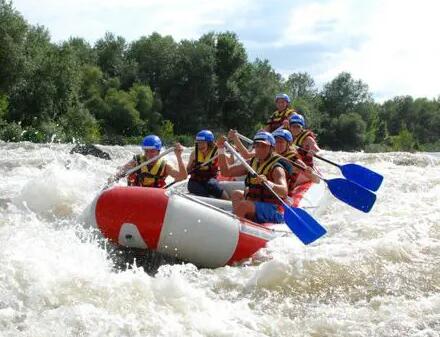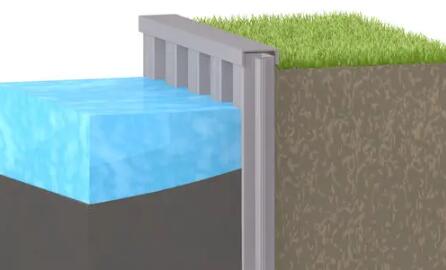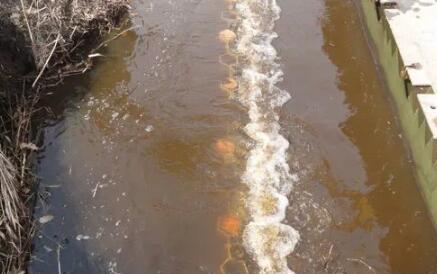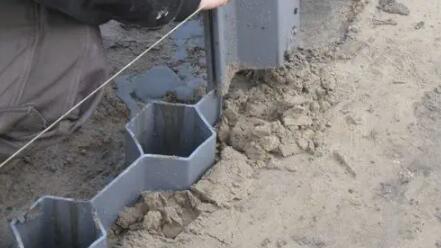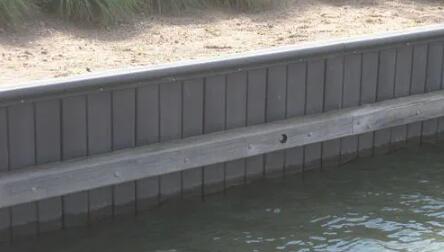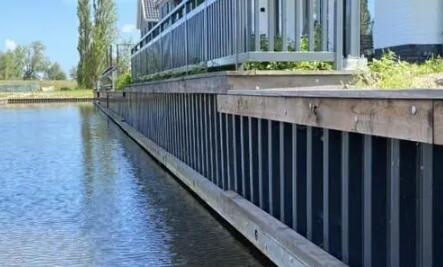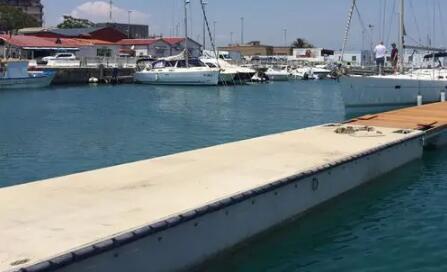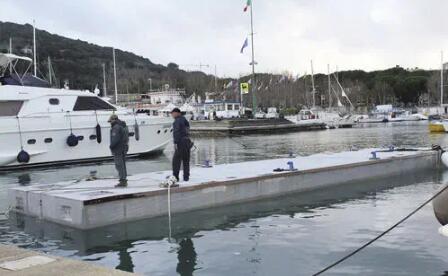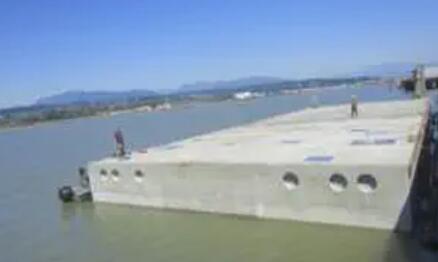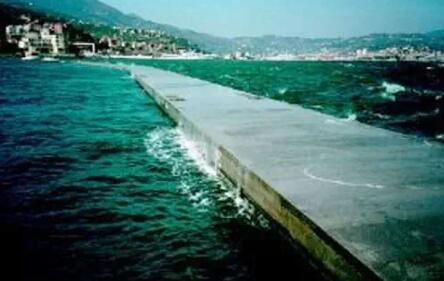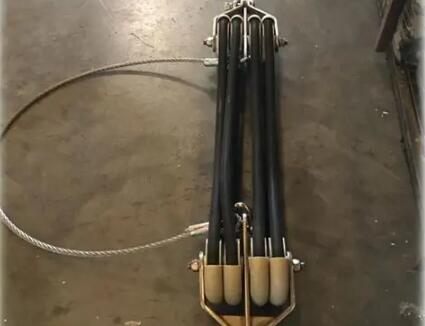彈性系留系統(tǒng)
產(chǎn)品簡(jiǎn)介彈性系留系統(tǒng)是指一種利用彈性元件將船舶,、航空器或其他結(jié)構(gòu)物與碼頭,、欄桿或其他定點(diǎn)連接的裝置,。它的主要作用是在船舶或結(jié)構(gòu)物因潮汐,、風(fēng)力等外力作用下產(chǎn)生位移時(shí),,通過(guò)彈性元件的伸縮性,將位移吸收或減小,,并保持結(jié)構(gòu)的相對(duì)位置穩(wěn)定,。彈性系留系統(tǒng)通常由以下幾個(gè)主要部分組成: 系留繩索或鏈條:用于連接船舶或結(jié)構(gòu)物與碼頭或欄桿等固定對(duì)象,起到固定作用,。 彈性元件:通常采用彈性橡膠或彈簧材料,,通過(guò)其彈性變形來(lái)吸收或減小船舶或結(jié)構(gòu)物的位移,減緩?fù)饬Φ淖饔谩?br /> 纜繩與錨:部分彈性系留系統(tǒng)還會(huì)使用纜繩與錨來(lái)提供額外的穩(wěn)定性和支撐力,,特別適用于海洋環(huán)境或強(qiáng)風(fēng)條件下,。 彈性系留系統(tǒng)的設(shè)計(jì)和選擇需要考慮結(jié)構(gòu)的重量、外力的大小和方向,、環(huán)境條件等因素,,以確保系統(tǒng)穩(wěn)定、安全,。它廣泛應(yīng)用于船舶??俊⒑I嫌吞?、海洋平臺(tái),、碼頭,、橋梁和建筑物等領(lǐng)域,以保持結(jié)構(gòu)的相對(duì)位置,,減小結(jié)構(gòu)受力,,提高安全性和可靠性。 英文簡(jiǎn)介Elastic mooring system refers to a device that uses elastic components to connect ships, aircraft, or other structures to docks, railings, or other fixed points. Its main function is to absorb or reduce displacement of ships or structures due to external forces such as tides and wind, through the elasticity of elastic elements, and maintain the relative position stability of the structure.Elastic tethering systems typically consist of the following main components: Mooring rope or chain: used to connect ships or structures to fixed objects such as docks or railings, playing a fixing role. Elastic components: usually made of elastic rubber or spring materials, which absorb or reduce the displacement of ships or structures through their elastic deformation, and slow down the action of external forces. Cable and anchor: Some elastic mooring systems also use cables and anchors to provide additional stability and support, especially suitable for marine environments or strong wind conditions. The design and selection of elastic mooring systems need to consider factors such as the weight of the structure, the magnitude and direction of external forces, and environmental conditions to ensure system stability and safety. It is widely used in fields such as ship docking, offshore oil fields, offshore platforms, docks, bridges, and buildings to maintain the relative position of structures, reduce structural stress, and improve safety and reliability. |
| 上一篇:管道浮筒 | 下一篇:碼頭用白熾浮標(biāo)信號(hào)燈 |
推薦信息
| 高質(zhì)量重型側(cè)卸車(側(cè)移式升降機(jī)) |
2023-10-17
|
查看詳情 >> |
| 船用搬運(yùn)千斤頂(微型電動(dòng)履帶運(yùn)輸車) |
2023-11-25
|
查看詳情 >> |
| 水產(chǎn)養(yǎng)殖下錨 |
2023-12-12
|
查看詳情 >> |
| 高密度的漂浮式模塊 |
2024-01-23
|
查看詳情 >> |
| 電動(dòng)船塢牽引拖車 |
2023-11-02
|
查看詳情 >> |
最新發(fā)布
